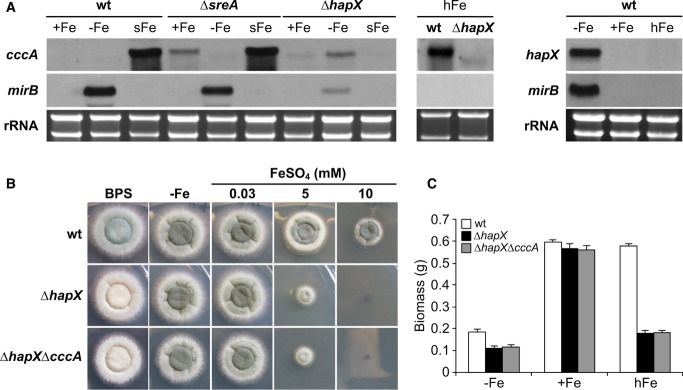Figure 1. HapX is important for adaptation to both iron limitation and iron excess.

- HapX represses cccA during iron starvation and activates cccA during iron excess. Northern analysis was performed with liquid cultures under conditions of iron starvation (−Fe), iron sufficiency (+Fe, 0.03 mM FeSO4), and high-iron availability (hFe, 3 mM FeSO4) at 37°C for 24 h or from mycelia shifted for 1 h from −Fe to +Fe (sFe).
- On agar plates, HapX-deficiency impairs sporulation on BPS-plates, and growth during iron excess. Growth pattern of wild-type (wt), ΔhapX and ΔhapXΔcccA on solid minimal media containing the indicated iron concentration is shown after 48 h at 37°C. The greenish color of the fungal colonies originates from the spore pigment, and its decrease indicates reduced sporulation. The original size of fungal colony photographs is 2.3 × 2.3 cm in all figures.
- HapX-deficiency impairs submerged growth during both iron starvation and iron excess. Liquid biomass production was monitored after 24 h of growth at 37°C under the indicated iron availability. The data represent the mean ± standard deviation (SD) of biological triplicates. The difference between mutant and wild-type strains was statistically significant during −Fe and hFe but not +Fe (two-tailed, unpaired t-test; P < 0.05).
Data information: The iron-sensitive phenotype of ΔcccA was previously analyzed in Gsaller et al (2012) and was further characterized in Fig2. Moreover, the response of hapX transcript levels to a 1-h shift from iron starvation to sufficiency (sFe) was analyzed in Fig4. Strains are derivatives of A. fumigatus AfS77.
